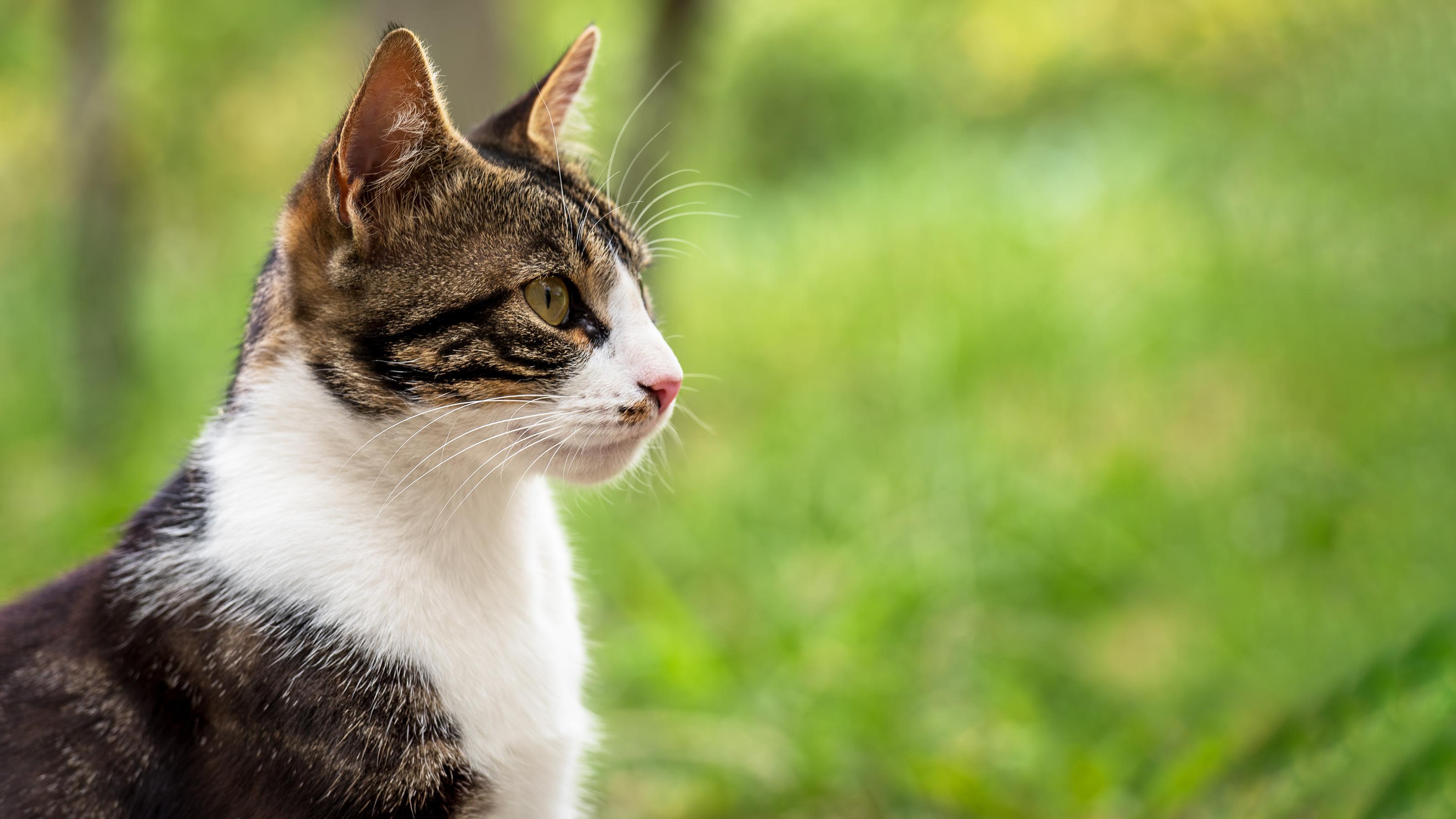
Multi-Cat Households
It is estimated that 19% of UK households have at least one cat.
With the huge and growing popularity of pet cats, it is unsurprising that many of these cats are living in multi-cat households. Although having more than one cat can work very well, if the cats do not get along, it can be a horribly stressful experience for everyone involved.
Read more about multi-cat households
This depends entirely on the cats. For bonded cats, a multi-cat environment is absolutely fine. Bonded cats are often siblings which have been raised together, and are typically of a similar personality type.
Putting cats together and expecting them to bond, however, often does not result in a positive outcome. Cats are solitary hunters by nature, and although they may have some social interaction with other cats, they will have their own individual territories and will want control of their own resources, such as food, water and litter tray access.
Due to their nature, it can be very difficult to add a new cat into a household, as this will be seen by the already resident cat as an invasion of their territory. However, planning ahead and taking in cats together, or planning a structured and slow introduction, can result in good comradeship for cats, and can be beneficial for them.
It is also worth considering your local environment. In areas that are already densely cat populated, adding multiple other cats can cause a lot of territorial aggression, fighting and the risk of spreading infectious diseases – not all of which can be
Multi-cat households need careful planning to work. Adding a new cat into a household is a large undertaking and should be done after discussion with your vet.
The general rule for multi-cat households is the ‘plus one’ rule. This means for every one cat you have you should have one water bowl, a litter tray and a sleeping area plus a spare.
For food bowls, having as many bowls as you have cats is the most sensible approach, to allow tailored nutrition for each cat. These resources also need to be spaced out so cats do not feel they have to compete for access. You may even consider having microchip cat flaps into individual rooms to prevent any bullying type behaviour, so each cat can eat, drink or sleep without feeling threatened. It’s also best to keep resources away from all entry and exit points or high traffic areas as well, as these areas can be stressful. Having five cats, with food bowls all in a row, will lead to competition and potential stress. Having these bowls spaced around, so each cat can eat in peace and feel secure, will allow much more harmonious living. It is worth noting that cats will often overcome anxiety and competitive instinct to feed, as this is such a precious resource – seeing cats eating together is not a good marker of a healthy social environment. This may not always extend to drinking, however, which can therefore increase the risk of stress-induced cystitis developing.
Cats may also compete over exit/entry points, scratch posts and high look-out points. Try and make sure all cats have access to facilities, and that one or more cats do not usurp control of any one resource type. Making sure all cats have space for privacy and quiet if they need it is also important, and will help with diffusing any tensions – as we know ourselves, co-living is not always harmonious even in the closest groups!
There are many situations that could arise that will make having multiple cats more difficult:
- Selecting cats with different personalities – for example one very shy/timid kitten, and one very outgoing kitten.
- Not having enough resources – remember the ‘plus one’ rule above, but also remember that this needs to be in a big enough space to each cat to feel secure
- Choosing two cats that are not from the same family group and have not previously bonded/met. It is important to note that queens and their kittens do not automatically show compatibility, so be cautious if you decide to keep any kittens.
- Adding a new cat to an established bonded pair or group
- Choosing to have multiple outdoor cats in an area already densely populated with cats
Cats are subtle communicators, and sometimes will display only very muted behavioural changes in response to large degrees of stress. Recognising these early and addressing behavioural problems is important, as when cats start to demonstrate more easily recognisable signs such as urinating in the house, their stress is often very well developed.
Subtle signs:
- Hiding away more often or in new places
- Increased dependency on you, or withdrawal – this can depend on the personality of your cat. You may find you get conflicting signals about both of these, especially if your cat is very emotionally confused.
- Constant state of hypervigilance, and looking ‘on edge’ – you may see more tail twitching, or scanning/watching the area.
- May attack other cats more frequently, and seem to have less tolerance
- Pretending to be asleep
- Stopped or reduced play – just like us cats struggle to relax when stressed.
- Lip-licking and more swallowing than usual. Cats get dry mouth too when they’re stressed.
- Rubbing their face on you or household items more frequently, to mark their scent, as this helps them feel comforted
- Vertical scratching on curtains/furniture/scratch posts more often – this leaves a scent mark and a signal to others and is a way to mark territory.
- ‘Displacement’ (performing behaviours more repetitively and outside of the normal routine) including over-grooming. This is like nail-biting or playing with hair in humans.
Clearer signs:
- Urine marking (spraying) is a clear territorial signal
- Urine or faeces deposited in undesirable locations in the house - stress is often associated with elimination in places other than acceptable areas.
- May attack you or other people, known as re-directed aggression (the same as snapping at your partner after a hard day at work!)
- Development of cystitis – bloody urine, and straining to urinate are signs of bladder inflammation. In cats, this can be caused by stress and is called Feline Idiopathic Cystitis(FIC). If you see your cat straining to urinate, take them to the vet immediately. FIC can sometimes cause the urethra (the tube between the bladder and the outside world) to seal shut – this is a life-threatening emergency.
It is a horrible experience if your cat goes missing, but there are some important things that you can do:
- Tell the microchip database where the chip is registered immediately
- Contact your vet, local vet surgeries and rescue centres in your local area and leave your cat’s details (including their chip number) with them
- Ask your neighbours to check sheds, outbuildings, garages and cars
- Put up posters in your local area with a good photo of your cat and your contact details
- Use social media to post about your missing cat and ask your friends, neighbours and local forums to share the posts
Sadly, the microchip is only used as identification and does not work as a tracker.
